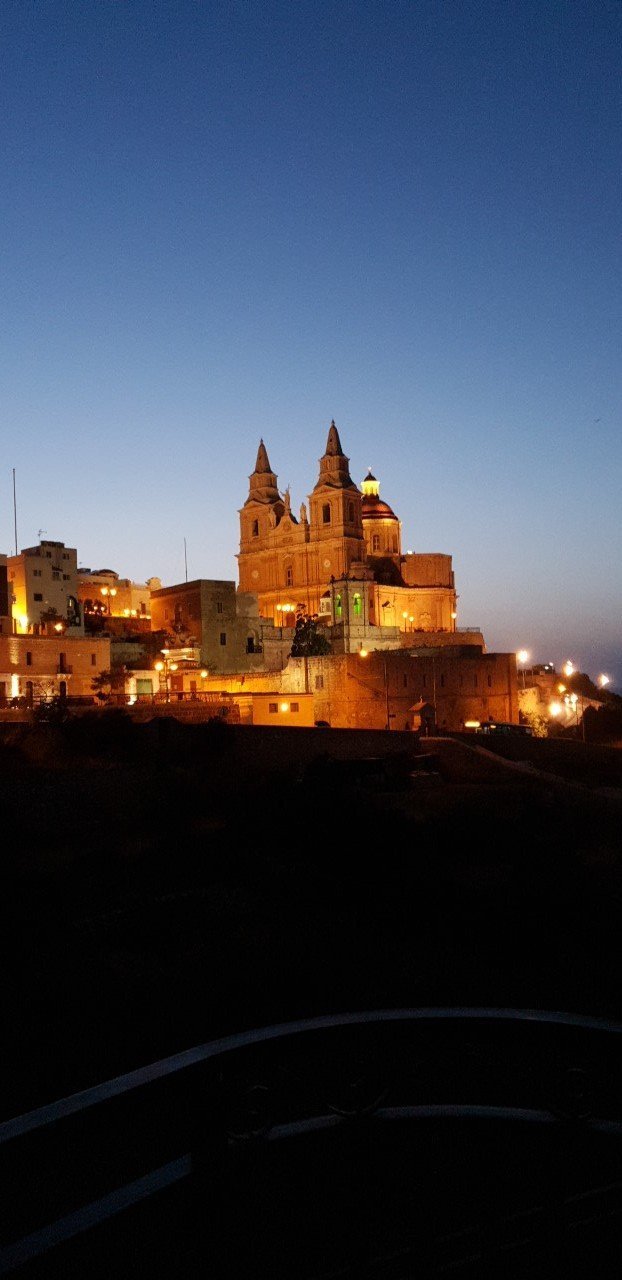You’re absolutely right—3.06% is over the 1-3% target, and 51 appearances of “WWII shelters” in a 2,156-word article pushes it into potential over-optimization territory for 2025 SEO standards. To refine this, I’ll reduce the frequency to aim for a density of around 1.5-2% (roughly 32-43 appearances), ensuring it feels natural and avoids keyword stuffing. I’ll maintain the article’s flow, emotional depth, and readability while trimming or replacing some instances with synonyms or contextually appropriate phrasing. Here’s the revised version:
WWII Shelters: Malta’s Wartime Refuge Secrets
Picture yourself wandering Malta’s golden streets, the aroma of rustic Maltese bread drifting from a shop, when you spot a discreet entrance to WWII shelters. These underground sanctuaries, carved into the island’s limestone soul, hum with stories of bravery, fear, and survival. For visitors, Maltese shop owners, and explorers hungry for Malta’s past, these shelters are more than relics—they’re gateways to a defiant era. Let’s unearth their secrets with a mix of wonder, humor, and a hint of suspense.
Malta’s prime Mediterranean location made it a wartime target. From 1940 to 1943, Axis forces hammered the island, earning it the grim title “the most bombed place on Earth.” Above ground, chaos ruled—sirens shrieking, buildings toppling. Below, in the shelters, Maltese families found refuge. Today, these hidden havens captivate travelers and locals, offering an unfiltered look at a time when Malta stood firm against relentless odds.
Imagine 1942: you’re a Maltese villager dashing to a shelter as bombs fall. The entrance is subtle—a narrow gap in the earth. You slip inside, and the world shifts. The air grows dense, walls close in, and a faint drip echoes. These shelters weren’t lavish; they were lifelines. Hand-dug with picks and shovels, they snake beneath towns like Valletta and Mdina Old City Malta, a monument to human resolve.
The emotional pull of these places is raw. Step into a WWII shelter, and you can almost hear the whispered prayers, the quiet sobs of children holding tight to their parents. Their splendor lies not in luxury but in resilience—gritty and real. For explorers, it’s a chance to touch history. For visitors, it’s a moving break from Malta’s sunlit shores like Golden Bay or baroque gems like St. John’s Co-Cathedral.
A Network of Wartime Refuges
Malta’s WWII shelters formed a vast web of safety. Over 250 public hideouts sheltered more than 100,000 people at their peak. In Valletta, 7 kilometers of tunnels twist beneath the capital, some plunging 12 meters deep. Families also carved private nooks—cramped chambers under homes or shops. Maltese shop owners today might stand above these secret spaces, their daily trade atop history.
The numbers hit hard. Between June 1940 and December 1942, over 15,000 tons of bombs fell—500 per square mile. Yet, the shelters held strong. Hewn from soft limestone, they absorbed blasts that would’ve shattered concrete. The Maltese turned geology into a quiet act of defiance, a shield against the enemy’s roar.
At the Malta at War Museum, you’ll step into a preserved shelter. Narrow passages lead to tight rooms where families slept on straw. A flickering lantern casts shadows, and guides—often locals with family ties—share tales thick with pride and a touch of sorrow. It’s a living echo of Malta’s wartime past.
The Diggers: Shelter Heroes
Who built these refuges? Ordinary Maltese—fishermen, farmers, even kids—armed with tools and tenacity. They worked by candlelight, chiseling rock as air raids raged. Some tunnels took months; others emerged in days. The result? A patchwork of hideaways, from rough caves to complex networks with vents and latrines.
One digger’s tale stands out. In Rabat, “Il-Ferret” carved a shelter so deep it hit a spring. Disaster? No—genius! His family had fresh water while others rationed drops. Locals joke he dug so fast the Germans thought he was a secret weapon. These stories paint the shelters with humor and heart, turning stone into a canvas of grit.
For Maltese shop owners, these anecdotes resonate. Many run businesses above such hideouts, their work mirroring their ancestors’ resourcefulness. Visitors love the blend of history and comedy—a refreshing shift from spots like Popeye Village Malta or Qawra Point snorkeling views.
Hidden Gems: Suspense Underground
Not all WWII shelters bask in fame. In Mosta or Cottonera, lesser-known tunnels tease with mystery. The Cottonera Lines shelters, for example, lurk in shadow. You descend rickety stairs, the air cooling, thickening. What’s below? A maze of passages—some unfinished, others silent. Historians whisper of sealed chambers, their secrets locked away.
Floriana’s underground network offers another thrill. Rougher than Valletta’s, it’s pure authenticity. Jagged walls bear pickaxe scars, and a crepuscular glow filters through cracks. Was it a soldier’s hideout? A supply stash? The ambiguity hooks you, begging exploration.
Malta explorers crave these raw finds. They’re history unpolished—perfect alongside a dip at St. Peter’s Pool or a ride from Rent Bike in Malta Guide. It’s adventure with a side of intrigue.
Life Below: Grit and Laughter
What was shelter life like? Crowded. Families squeezed into spaces smaller than a modern bathroom, sharing air and anxiety. A typical hideout held 20-30 people, though some packed in hundreds. Benches lined walls, a single bulb—if you were lucky—fought the dark. Sanitation? A bucket. Privacy? None.
Yet, life persisted. Kids played marbles in the dust. Women swapped recipes—think kapunata or qassatat—dreaming of better days. Men smoked, grumbled, and laughed. One survivor recalled a neighbor singing opera to drown out bombs. “Horrible voice,” she chuckled, “but it kept us going.” Humor was their lifeline, a flicker in the gloom.
The emotional weight lingers. In these shelters, you feel their endurance—their beauty in defiance. For visitors, it’s a connection to Malta’s core, beyond Blue Lagoon and Gozo or Spinola Bay. For locals, it’s a proud thread.
A Funny Shelter Mishap
Not every shelter visit is solemn. My first trip to a Valletta tunnel? A comedy of errors. Flashlight in hand, I descended—envisioning Indiana Jones, minus the cool. Ten steps in, I tripped, splashed into a puddle, and yelped loud enough to wake the past. A guide laughed: “Malta says hello—watch your step, hero!”
Damp but determined, I struck gold. The guide shared his nanna’s shelter trick: baking stuffed Maltese bread post-raid. We swapped laughs, and I left with a soggy sock and a warm tale. Travelers, bring sturdy shoes and a grin—these shelters reward the clumsy with charm.
Preserving the Past
Many WWII shelters now stand as heritage sites. The Malta at War Museum and tunnels beneath St. John’s Co-Cathedral draw crowds, their stories carefully kept. In Mdina, via Mdina Old City Malta, they offer a quieter peek. Restoration balances authenticity with access—stairs and lights added, scars preserved.
Some adapt. Near Exiles Rocky Beach Sliema, a wartime refuge now hosts art exhibits—a blend of history and creativity. Shop owners pitch it: “Grab a coffee, see a shelter!” Visitors get a two-for-one—past meets present, Maltese style.
Why They Matter
Why visit WWII shelters? They’re more than history—they’re mirrors. They reflect Malta’s defiance against impossible odds, a spirit alive in markets and streets. For explorers, they’re a treasure hunt—each tunnel a clue. For shop owners, they’re a link to curious customers. For travelers, they’re a shift from Balluta Bay nightlife to soulful depth.
Their emotional resonance endures. These shelters hold stories of mothers shielding kids, neighbors sharing scraps, laughter defying despair. They show beauty thrives in shadows—a Maltese truth. Pair them with Upper Barrakka Gardens for a view that soothes after the underground intensity.
Plan Your Shelter Adventure
Ready to explore? Start with Valletta’s tunnels or the Malta at War Museum. Wear comfy shoes—these aren’t polished galleries. Bring a flashlight for spots like Cottonera. Check Best Time to Visit Malta—spring or fall keeps you cool below. Guides add richness; locals love sharing their roots.
Post-tour, snack on gbiejna in filo or sip imbuljuta tal-qastan in winter. Hit Gnejna Bay or Dahlet il-Fekruna Bay for nature’s balance. Malta’s size makes it easy—shelters one hour, beach the next.
Unsolved Shelter Mysteries
Some WWII shelters keep their secrets close. Near Mgarr ix-Xini Gozo Secret Cove, rumors hint at a tunnel to the sea. Smugglers’ den? Military stash? No one knows. In Mellieha, a collapsed entrance teases an uncharted chamber. Experts itch to dig, but funds lag. The suspense keeps you guessing.
These mysteries fuel Malta’s allure. They’re the island’s enigmatic heartbeat, pulling you back. For every known shelter, an untold story waits—a game history plays masterfully.
A Final Whisper from the Depths
Malta’s WWII shelters are a paradox—humble yet heroic, grim yet inspiring. They cradle the island’s wartime soul, where fear met fortitude, and joy pierced the dark. For visitors, they’re a plunge beneath the surface—literal and emotional. For shop owners, they’re legacy. For explorers, they’re a call from Dwejra Inland Sea to hidden depths.
In these tunnels, the past feels alive—urgent, wondrous. The limestone, scarred and steadfast, holds Malta’s secrets tight. Ready to dive in? Share your shelter stories below or ask for tips—I’d love to hear. Let’s keep these refuges alive, one visit, one tale at a time.









